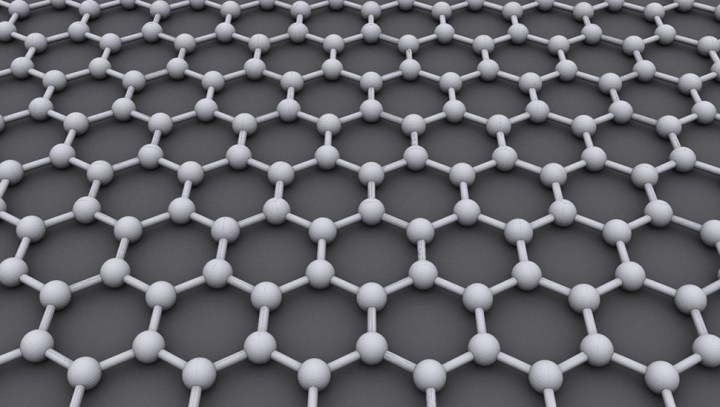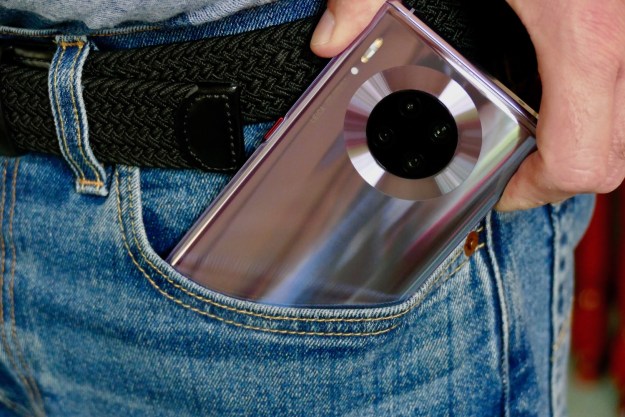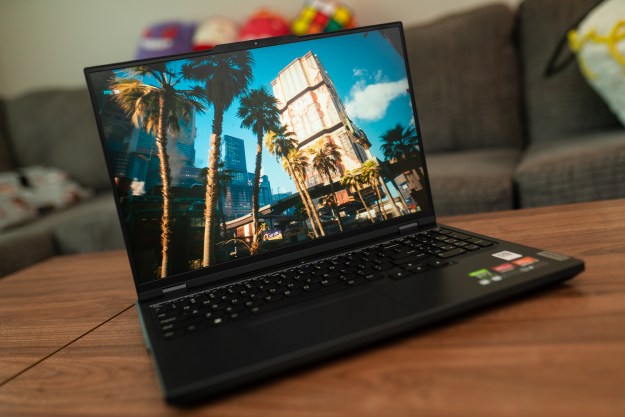
Microfluidics uses minute channels to control the flow and direction of tiny quantities of fluid, according to a report from Science Daily. The tests carried out at the University of Exeter saw flakes of graphene oxide mixed into the fluid, which was then mixed together in the channels to create the chips.
These flakes were two dimensional, taking advantage of graphene’s thinness — one of the attributes that has led to it being dubbed a wonder material. The researchers used an advanced light-based procedure to facilitate the creation of three-dimensional structures that comprise the resulting chip.
There are hopes that this project could have a profound impact on the way optoelectronic materials are manufactured. Optoelectronics refers to devices that can emit, detect, and control light, and this kind of technology has applications in fields including renewable energy and security, according to the researchers.
“This breakthrough will hopefully lead to a revolution in the development of vital new materials for computer electronics,” said Dr. Anna Baldycheva, the author of the paper and an assistant professor at the university’s Centre for Graphene Science. “The work provides a solid platform for the development of novel next-generation optoelectronic devices. Additionally, the materials and methods used are extremely promising for a wide range of further potential applications beyond the current devices.”
The researchers have analyzed their findings to determine the best way to put this research into practice, as well as confirming that the technique is successful. This will hopefully accelerate the process of implementing the technology in a real-world scenario.
Editors' Recommendations
- Future chips may be 10 times faster, all thanks to graphene
- Safe graphene battery won’t unexpectedly burst into flames like lithium-ion
- An ultra-thin graphene layer could help protect next-gen solar panels
- Chemists find a way to transform trash into wonder material graphene
- Ryan Reynolds confirms Deadpool 3 is in the works


